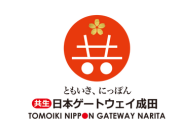So said Philippe Guigal, president of Rosés de Terroir and owner of Château d'Aquéria in Tavel, France. He was speaking at the launch of ‘Rosés de terroirs, unissons – nous!’ (Rosés de terroirs, let's join forces!) in Milan last month. The aim of his trip to Italy was to expand the French association to include new Italian members and create “the world’s first collection of Rosés de Terroirs”, Guigal explained. “A micro-market of collectible rosés, aged for a decade or so.”
Rosés made for ageing is just one of the trends we have spotted here at Canopy.
How we got here
In recent years, rosé wines have transitioned from summer sippers to serious contenders on the global wine stage. While rosé production has historically been sidelined as a secondary wine style, it is emerging as a versatile, complex, and sophisticated category. From colour specifications and winemaking innovations to emerging markets and the rise of terroir-driven, aged rosé wines, rosé is undergoing a profound transformation.The changing face of rosé’s colour
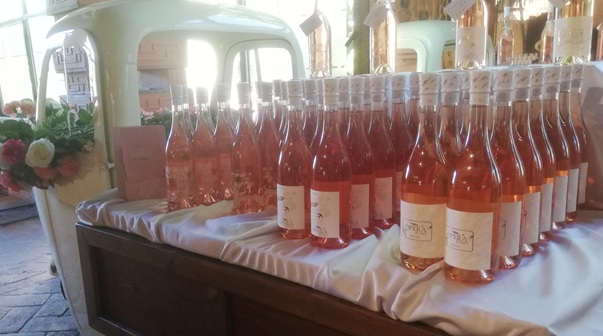
Rosé’s colour remains one of the most defining elements of its appeal. Typically, rosé wines were defined by their light, pale pink hues, often associated with fresh, crisp styles ideal for summer. In recent years, however, rosé producers have been experimenting with a broader spectrum of colours, from deep, vibrant pinks to copper and even light red.
While the pale pink trend persists – driven in part by consumer demand for wines that are perceived as light and refreshing – winemakers are increasingly embracing more intensity and nuance in their colour profiles.
The trend is closely linked to winemaking methods such as leaving the juice in contact with the skins for longer periods to extract more colour, tannins, and phenolics. As this technique gains popularity, it’s also influencing consumer perceptions of rosé, encouraging them to explore wines with more depth, both in colour and flavour.
Advancing winemaking techniques: from lees ageing to terroir-driven styles
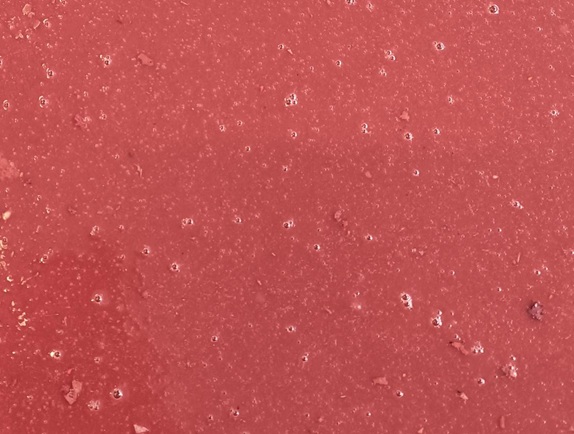
Traditionally, rosé has been crafted using direct pressing, saignée, or short maceration techniques, all of which aim to retain the wine’s freshness and lightness. However, methods more commonly used to make red, white and orange wines are emerging to add complexity to rosé wines, with an emphasis on ageing, maturation, and terroir expression.
Lees ageing, which was once primarily associated with white wines, has found its place in rosé production, contributing to richer textures and more complex flavours. Winemakers are increasingly leaving their rosé wines on the lees for extended periods, imparting subtle notes of brioche, almond, and creaminess that elevate the wine’s profile. This method not only improves mouthfeel but also promotes stability, allowing rosé wines to develop more character over time.
Additionally, a growing number of producers are focusing on creating terroir-driven rosés, emphasising the unique characteristics of the land where the grapes are grown. As climate change continues to reshape traditional wine regions, rosé producers are seeking out vineyards with diverse microclimates and soils, allowing for more nuanced expressions of the wine. This is particularly true in regions like Provence, where pale rosés have long been the signature style, but also in emerging regions like the US, Australia, and South Africa, where innovative winemaking is shaping the future of rosé.
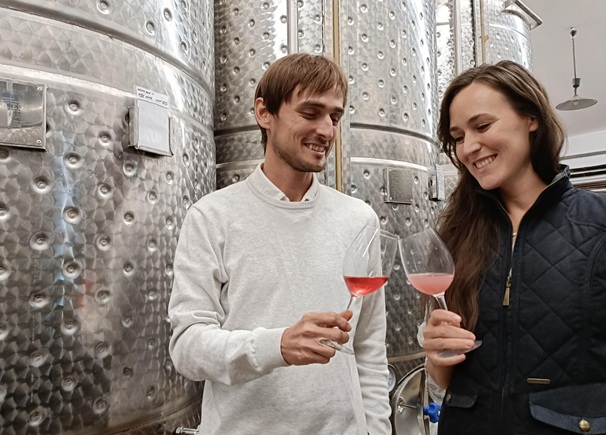
These emerging trends are giving me great comfort: on the same day as I was researching this article, the Kékfrankos rosé I have made in Hungary with Gál Szőlőbirtok (above and main photo) was taken off its lees after four months in a used Hungarian oak barrel and weekly bâtonnage.
Aged rosé wines: breaking the freshness stereotype
While rosé has traditionally been viewed as a youthful, fresh wine meant to be consumed soon after release, the market is broadening with a growing niche category: aged rosé. Producers are experimenting with longer ageing in bottle, allowing the wine to develop greater complexity, while maintaining the refreshing acidity that is characteristic of the style.Some of the most exciting developments in aged rosé production are happening in regions like Bandol in Provence, where winemakers are intentionally crafting wines designed to age for several years. These wines often show a surprising depth of flavour, with evolving notes of dried fruit, herbs, and even a savoury, umami character.
And with rosé producers in France and Italy teaming up under the umbrella of Rosés de Terroir, this is a niche category that is likely to grow in importance. Guigal and his colleagues want to raise the profile of terroir-driven pink wines and sell rosés that have been aged for years, like the most prestigious whites and reds.
They believe an increasing number of rosé enthusiasts are seeking out wines that offer a more mature, sophisticated profile – which is opening new possibilities for the category.
Emerging markets: rosé’s global reach
The rosé wine market is growing rapidly around the world, with new regions embracing the style and established markets expanding. The United States, traditionally a red wine stronghold, has seen a meteoric rise in rosé consumption over the past decade, becoming one of the largest importers of rosé globally. As American consumers become more discerning, there is a hope that there will be a reciprocal increase in demand for high-quality, complex rosé wines.In Asia, rosé’s popularity is also on the rise, particularly in countries like China and Japan, where wine culture is becoming more sophisticated. Here, rosé’s approachable flavour profile and versatility with food pairings have made it a preferred choice among young, urban consumers seeking a more elegant wine option.
Meanwhile, ‘New World’ wine regions like Chile, South Africa, and New Zealand are making huge strides in rosé production, with their cooler climates and diverse terroirs proving to be ideal for crafting high-quality rosés with a “local touch”.
Other rosé trends
Other rosé wine trends include a shift towards premium wines, more sustainable practices, and new product formats.Premium wines
- Boutique and premium wines: Consumers are increasingly interested in higher-quality wines, which can lead to more complex and nuanced flavours.
- Organic and biodynamic wines: These movements are growing as producers focus on quality, sustainability and branding.
- Oaked rosés: Oak-aged rosés are finding a place, with French oak being the favourite tool.
Sustainability
- Eco-friendly practices: Producers are adopting more sustainable practices, such as reducing water and chemical usage, lightweighting bottles, and using recyclable packaging.
- Sustainable viticulture: It is becoming increasingly important for customers and the planet.
New product formats
- Ready-to-drink options: Ready-to-drink options are becoming more popular, especially with younger demographics.
- Sparkling rosé wines: These are becoming more popular, especially in the US.
- Low-alcohol options: Low-alcohol options are also increasing in popularity.
Conclusion
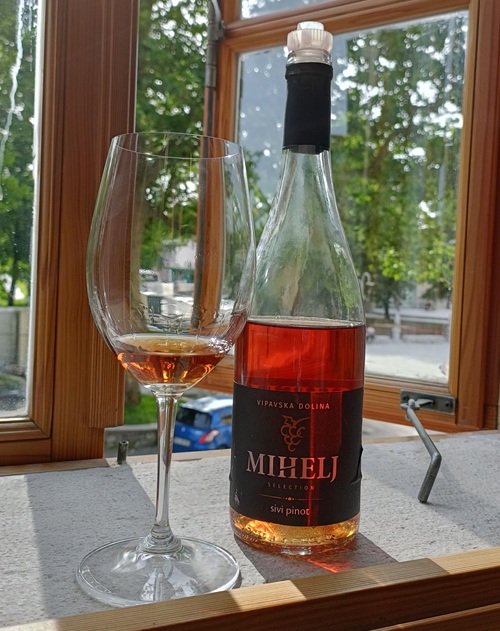
Rosé wine production is undergoing a dynamic transformation: shedding its reputation as a simple, warm-weather drink and earning a place as a wine style that is complex, exciting, and full of possibilities. And as global demand for pink wine continues to grow, so too does the potential for innovation in this category.
This is why we welcome the move of the French producers’ association, Rosés de Terroir, and its “terroir rosé manifesto”.
“The ambition of the Rosés de Terroir Association is to serve as the ambassador for the world's great terroir-driven rosés,” Guigal explained. “In line with our founding call to action, ‘Rosés de terroirs, unite!’, launched by the Tavel appellation, I invite winemakers producing the finest terroir rosés in the world to join us.”
One hurdle with these innovative wines is the local DOC. My colleague Davide Bortone cites the example of one Italian producer. “One of the latest vintages of Chiar’Otto by Villa Calicantus (the 2020 blend of Corvina, Rondinella, Molinara, and Sangiovese) was initially rejected by the tasting commission of the Bardolino Chiaretto DOC, a body of technical tasters responsible for verifying a wine’s conformity with the appellation’s characteristics,” he says. “The commission ruled that the rosé fell outside the parameters. Nevertheless, its recent inclusion in the world’s best rosé club, led by the French, is a point of great pride for the passionate winemaker and Villa Calicantus owner, Daniele Delaini.”
Delaini explains: “We enhance the grapes from the best vineyards in the finest areas. In the cellar, we respect the natural qualities of the grapes, allowing them to express the characteristics of the vintage. We do not alter parameters such as alcohol content or colour in any way and only use indigenous yeasts. Why? Simple. We want our wines to express the vineyard they come from. One of our core principles is that each vineyard has its own wine, and each wine its own vineyard, giving voice to that place, that vineyard and, ultimately, that vintage.”

 English
English French
French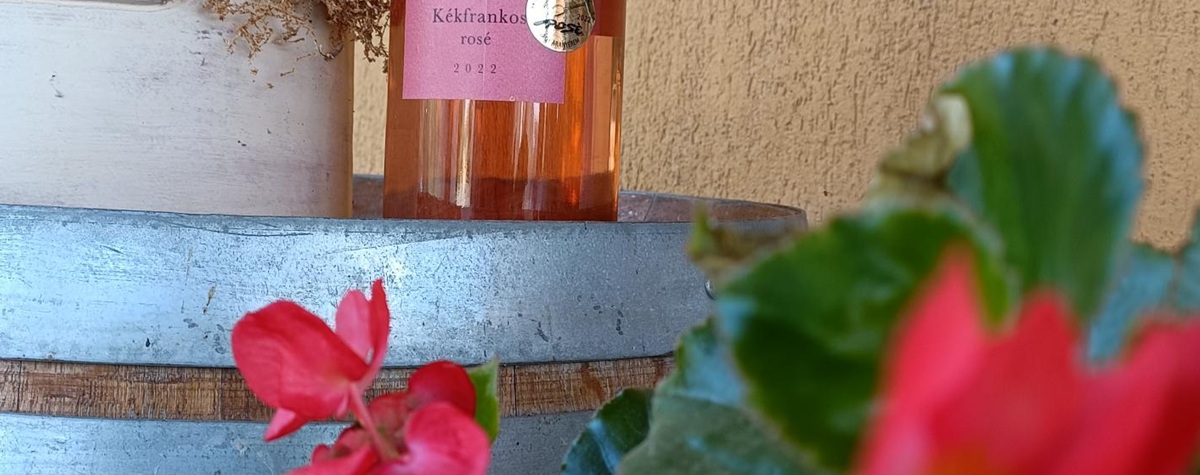

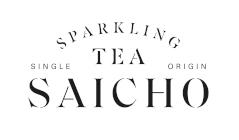

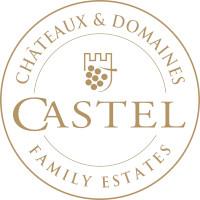


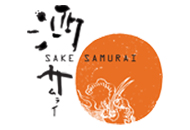
.png)
